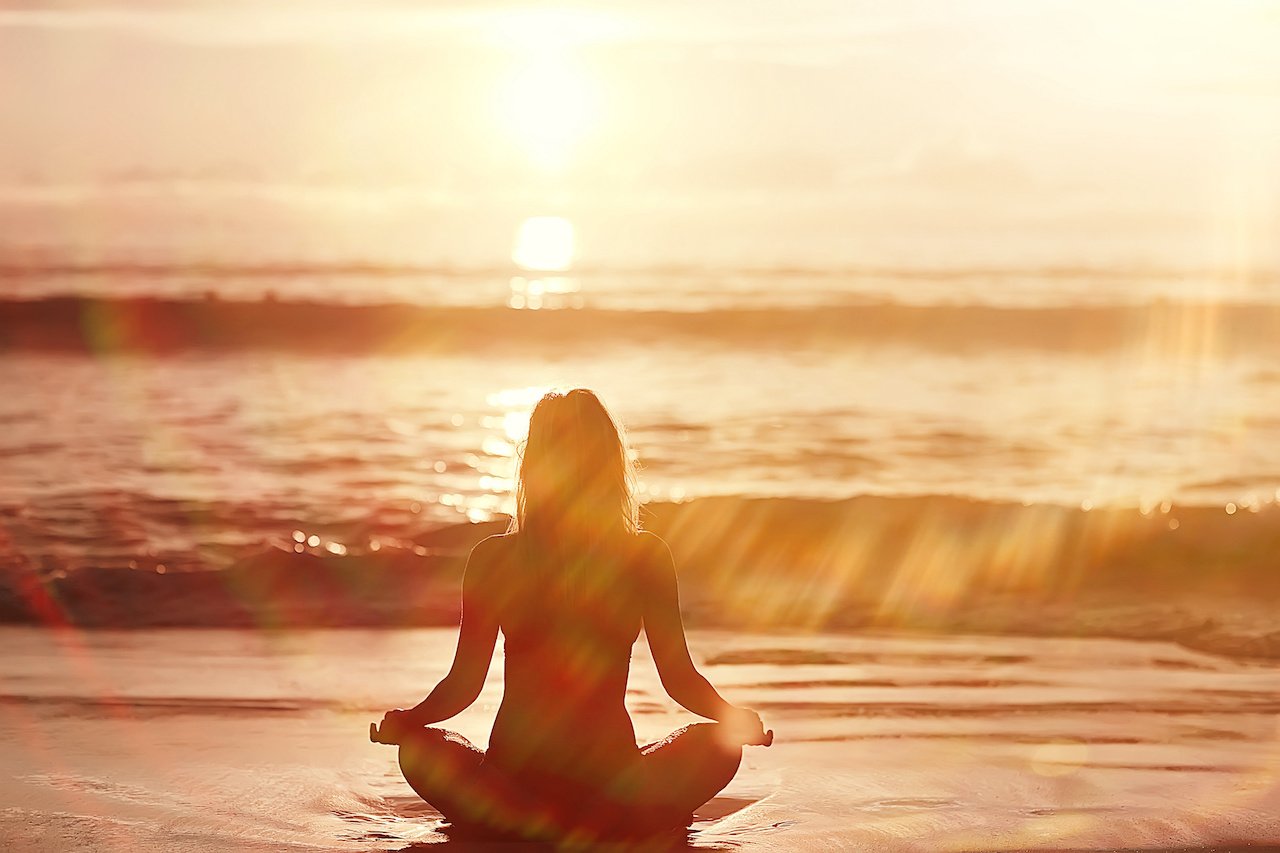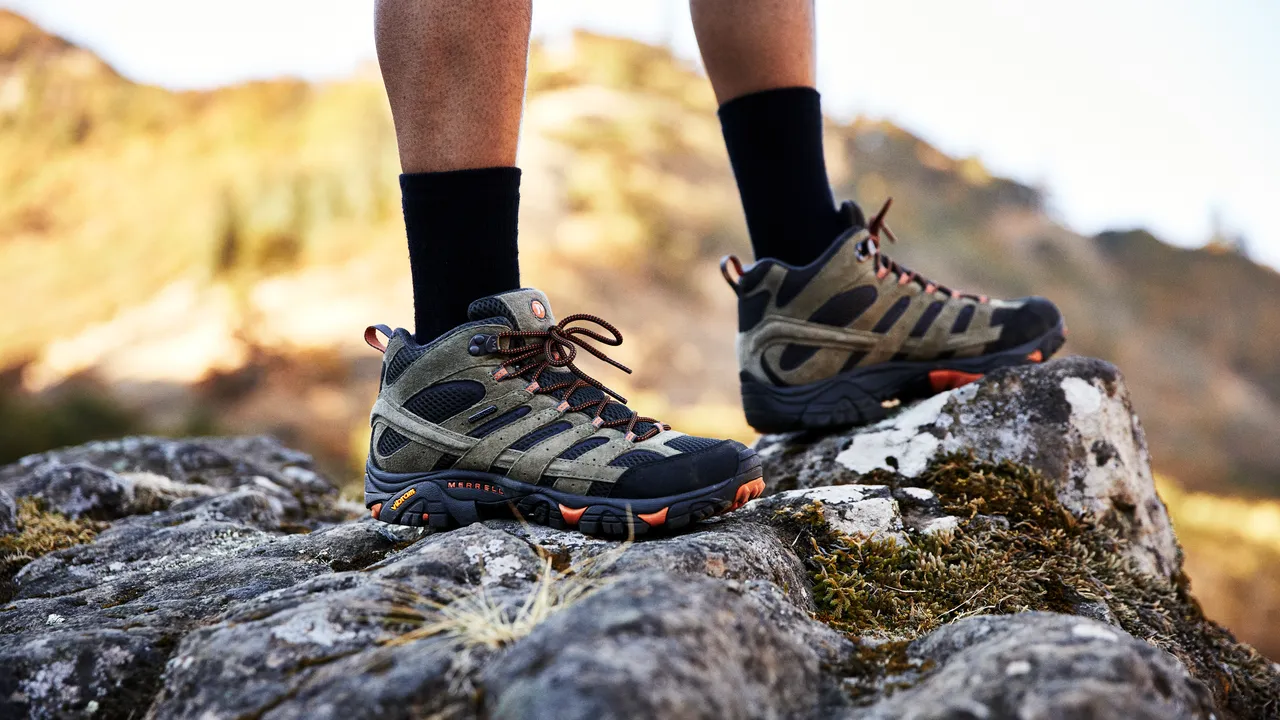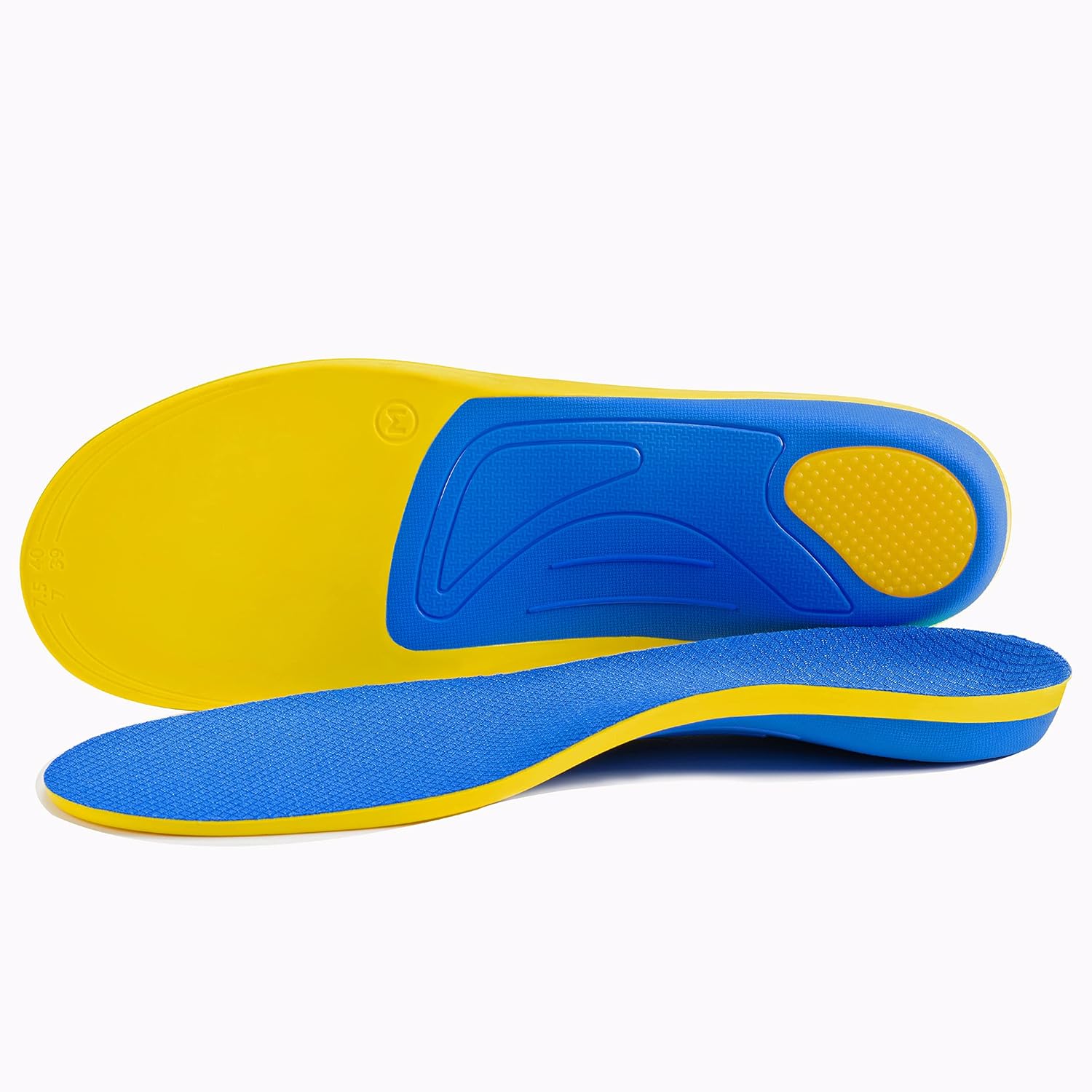Discover powerful, emotion-evoking strategies and uncommon natural remedies to prevent and treat warts effectively. Dive into our comprehensive guide for clear, healthy skin.
Introduction
Embarking on a journey towards wart-free skin begins with understanding the enemy. Wart, those pesky, stubborn skin growths, is not just a physical nuisance but a common adversary for many, stemming from the human papillomavirus (HPV). This guide unveils a holistic approach to combat wart, blending scientific treatments with natural remedies and lifestyle adjustments, aimed at empowering you to reclaim your skin’s health and confidence.

Table of Contents
What Are Warts?
Warts are benign skin growths caused by various strains of the human papillomavirus (HPV). They can develop on different parts of the body but are most commonly seen on the hands, feet, and face. Warts are contagious and can be spread through direct contact with the wart itself or with objects that have come into contact with the wart.

Different Types of Warts

1. Common Wart (Verruca Vulgaris)
Appearance: This wart has a rough surface that resembles a cauliflower and usually present as raised bumps on the skin.
Location: They are often found on the hands, fingers, and elbows, areas prone to skin breaks.
Symptoms: Common wart is mostly painless but can be unsightly and slightly uncomfortable, especially if they’re located on parts of the body that are subject to pressure or movement.


2. Plantar Wart (Verruca Plantaris)
Appearance: These are hard, sometimes grainy growths that appear on the soles of the feet, often with a central black dot caused by clotted blood vessels.
Location: They develop on the sole, particularly under pressure points like the heels or balls of the feet.
Symptoms: Plantar wart can be painful, akin to stepping on small stones. The pressure from body weight can force them to grow inward, making it difficult to walk or stand.
3. Flat Wart (Verruca Plana)
Appearance: Flat warts are smaller, smoother, and less raised than other types, and they can appear in large numbers.
Location: This wart is typically found on the face, thighs, or arms.
Symptoms: Although usually painless, the visibility and number of flat wart can cause cosmetic concerns and sometimes itching.


4. Filiform Wart
Appearance: Characterized by their long, thin projections, these warts look like tiny threads or brushes.
Location: They mainly grow on the face, around the mouth, nose, and eyes – areas where they are highly visible and sensitive.
Symptoms: Filiform wart can grow quickly, leading to discomfort and significant concern due to their conspicuous location on the face.
5. Periungual Warts
Appearance: These warts have a rough texture and can interfere with nail growth.
Location: Found around or under the toenails and fingernails, they can even grow under the nail bed.
Symptoms: Periungual wart can be painful and may cause nails to deform, detach, or develop fungal infections if not treated.

Risk Factors for Developing Wart
There are several factors that can heighten the risk of developing wart, in addition to the basic ways they are transmitted:
| Compromised Skin Integrity: Engaging in activities that cause skin damage, such as shaving or other hair removal methods, can create openings for the virus to enter. |
| Direct Contact: The virus can spread through touching a wart on another person or oneself (known as autoinoculation). Using shared personal items like towels or razors also increases risk. |
| Immune System Health: Those with weakened immune systems, either from specific conditions like HIV/AIDS or from taking medications that suppress the immune system, are more vulnerable to wart. |
| Age: Children and teenagers are more likely to develop wart due to their frequent minor skin injuries and less developed immune systems. |
| Moist Environments: Being barefoot in communal showers, locker rooms, or pool areas can heighten exposure to HPV strains that cause plantar wart. |
Identifying Wart: Detailed Insights
Recognizing wart involves understanding their unique features, which helps in their early identification:
| Texture and Color: Wart typically has a rough texture and may match your skin tone or be slightly darker. Their surface can range from smooth to bumpy. |
| Black Dots: Often mistaken for “seeds,” these black dots are actually clotted blood vessels that feed the wart. |
| Pain and Discomfort: Although many warts are painless, those located in areas of the body that experience pressure or friction, such as the soles of the feet, can cause discomfort. |
| Growth and Spread: Wart can increase in both size and number over time. For instance, plantar wart might group together, forming a pattern that resembles a mosaic. |
Solutions and Management Strategies
Over-the-Counter Treatments
- Salicylic Acid: This treatment comes in forms like liquids, gels, or patches and works by peeling off the wart layer by layer. Soaking the wart in warm water and filing away dead skin beforehand enhances effectiveness.
- Freezing Sprays (Cryotherapy Kits): Similar to professional cryotherapy, these kits freeze the wart at very low temperatures. It’s important to apply these carefully to avoid skin damage.
Professional Medical Treatments
- Cryotherapy: Performed by a dermatologist, this involves applying liquid nitrogen to freeze the wart, causing it to fall off after forming a blister. Several treatments may be necessary.
- Cantharidin Treatment: Also known as “beetle juice,” this is applied to the wart and covered, later causing a blister that helps remove the wart from the skin.
- Surgical Methods: These include cutting the wart out or using laser therapy to destroy the wart tissue, typically used for stubborn wart.
- Immunotherapy: Aims to stimulate the body’s immune response against the wart virus, using topical solutions or systemic medications.
Lifestyle Adjustments and Natural Remedies for Wart Prevention and Care
Adopting certain lifestyle habits and exploring natural remedies can enhance traditional wart treatments and aid in preventing their recurrence.
Comprehensive Lifestyle Strategies for Warding Off Wart
Enhance Immune Function: Boost your immune system through a well-rounded diet, consistent exercise, and ample rest.
Maintain Skin Hygiene: Regularly clean and dry your skin, particularly in damp settings, to deter wart formation.
Skin Protection Measures: Utilize protective clothing and avoid touching wart, including your own, to prevent their spread.
Natural Approaches to Wart Treatment
While the effectiveness of natural remedies for wart varies, they are often valued for their supplementary benefits or as gentler alternatives.
Tea Tree Oil: With its antiviral and antiseptic qualities, tea tree oil, when diluted and applied topically, may diminish wart size and avert infection.
Apple Cider Vinegar: Acting in a manner akin to salicylic acid, apple cider vinegar is thought to strip away wart layer by layer upon direct application. Due to its acidity, proceed with caution.
Garlic: The antimicrobial properties of allicin in garlic might aid in wart treatment. The application of crushed garlic or garlic oil, followed by overnight bandaging, is a common remedy.
Aloe Vera: Direct application of aloe vera gel, particularly from the plant, can calm the skin and possibly treat wart thanks to its antiviral properties.
Dietary Enhancements: Foods rich in zinc and vitamins C and E can bolster skin health and immune response. Adding nuts, seeds, greens, and citrus fruits to your diet is recommended.
Understanding the Psychological Impact of Wart
The impact of wart extends beyond physical appearance, often affecting emotional health, especially when they are in visible locations.
Wart can lead to embarrassment, self-awareness, and, in extreme cases, social withdrawal. The challenge of concealing visible wart can prompt changes in social behavior and activity engagement.
The Emotional Toll of Wart
Strategies for Coping with the Emotional Effects
Seek Support: Finding a community or professional support can offer comfort and guidance. Online forums and support groups are valuable resources.
Inform Yourself and Others: Knowledge about wart being common and mostly benign can lessen worries. Sharing this understanding can also diminish stigma and foster compassion.
Focus on Manageable Aspects: Concentrate on treatment efforts and mental health care, which are within your control.
Engage in Self-Care: Activities that elevate self-esteem and alleviate stress can counter the emotional strain of warts. Explore what personally brings you joy and relaxation.
Professional Consultation: For significant life disruption, consulting with dermatologists for treatment options and mental health professionals for emotional coping mechanisms is advisable.
Frequently Asked Questions
Q: What causes warts?
A: Warts are caused by various strains of the human papillomavirus (HPV), affecting different parts of the body, most commonly the hands, feet, and face.
Q: Are there different types of warts?
A: Yes, warts come in several types, including common warts, plantar warts, flat warts, filiform warts, and periungual warts, each with unique characteristics and treatment approaches.
Q: How can I prevent warts?
A: Preventing warts involves maintaining strong immune health, practicing good skin hygiene, protecting your skin from cuts and abrasions, and avoiding direct contact with warts.
Q: What natural remedies can help treat warts?
A: Natural remedies like tea tree oil, apple cider vinegar, garlic, and aloe vera have been used to treat warts, though their effectiveness may vary.
Q: Can warts have a psychological impact?
A: Yes, the visibility and persistence of warts can lead to emotional distress, including embarrassment and self-consciousness, highlighting the importance of both physical and emotional treatment strategies.
Conclusion
Warts, while benign, pose a significant challenge to our skin’s appearance and our psychological well-being. Armed with the right knowledge, from understanding the types and causes of warts to implementing effective treatment and prevention strategies, you can navigate the path to clear skin. Embrace the power of both medical advancements and the wisdom of natural remedies, and remember, the journey to overcoming warts is not just about treating the skin but nurturing the mind and body as a whole.










